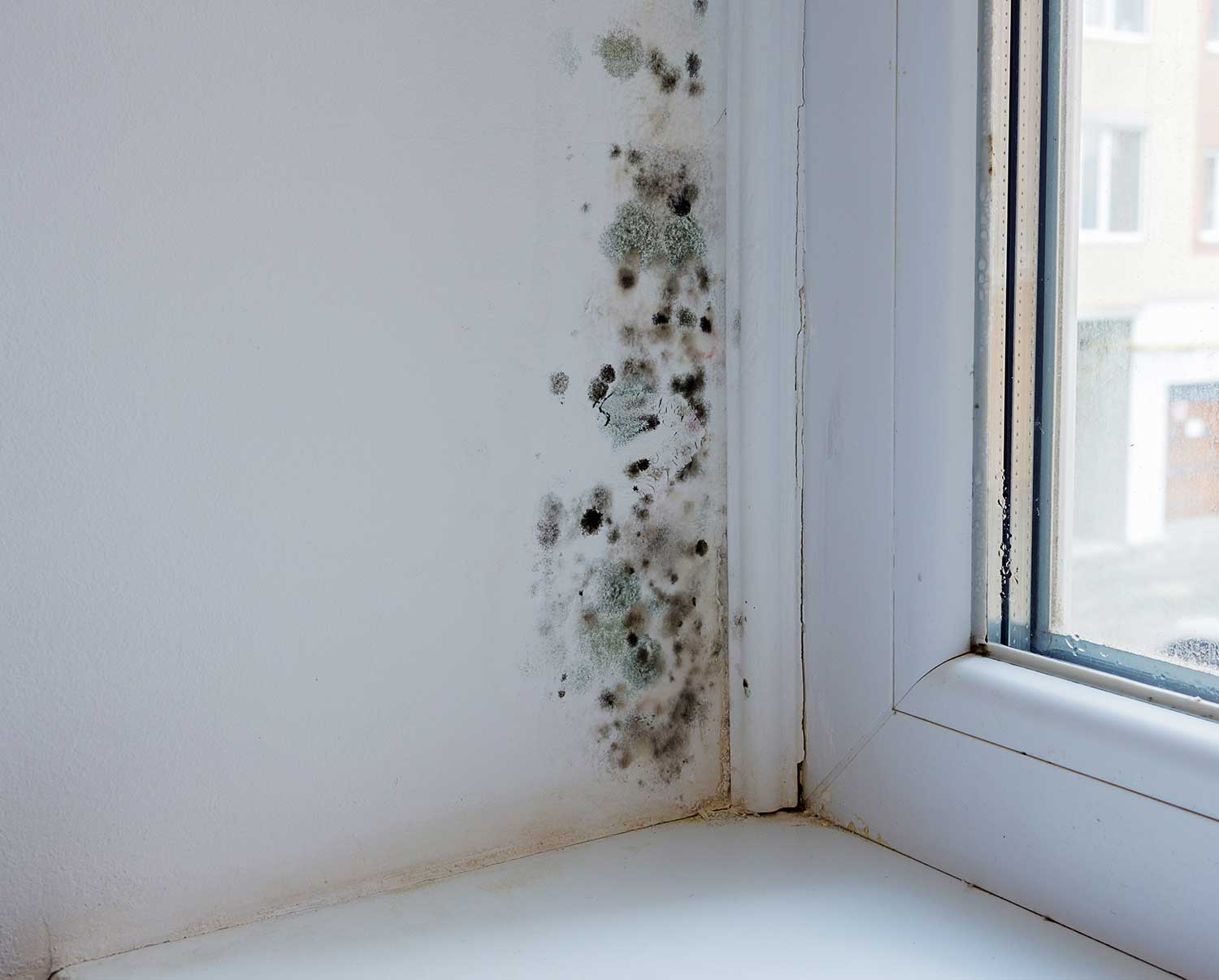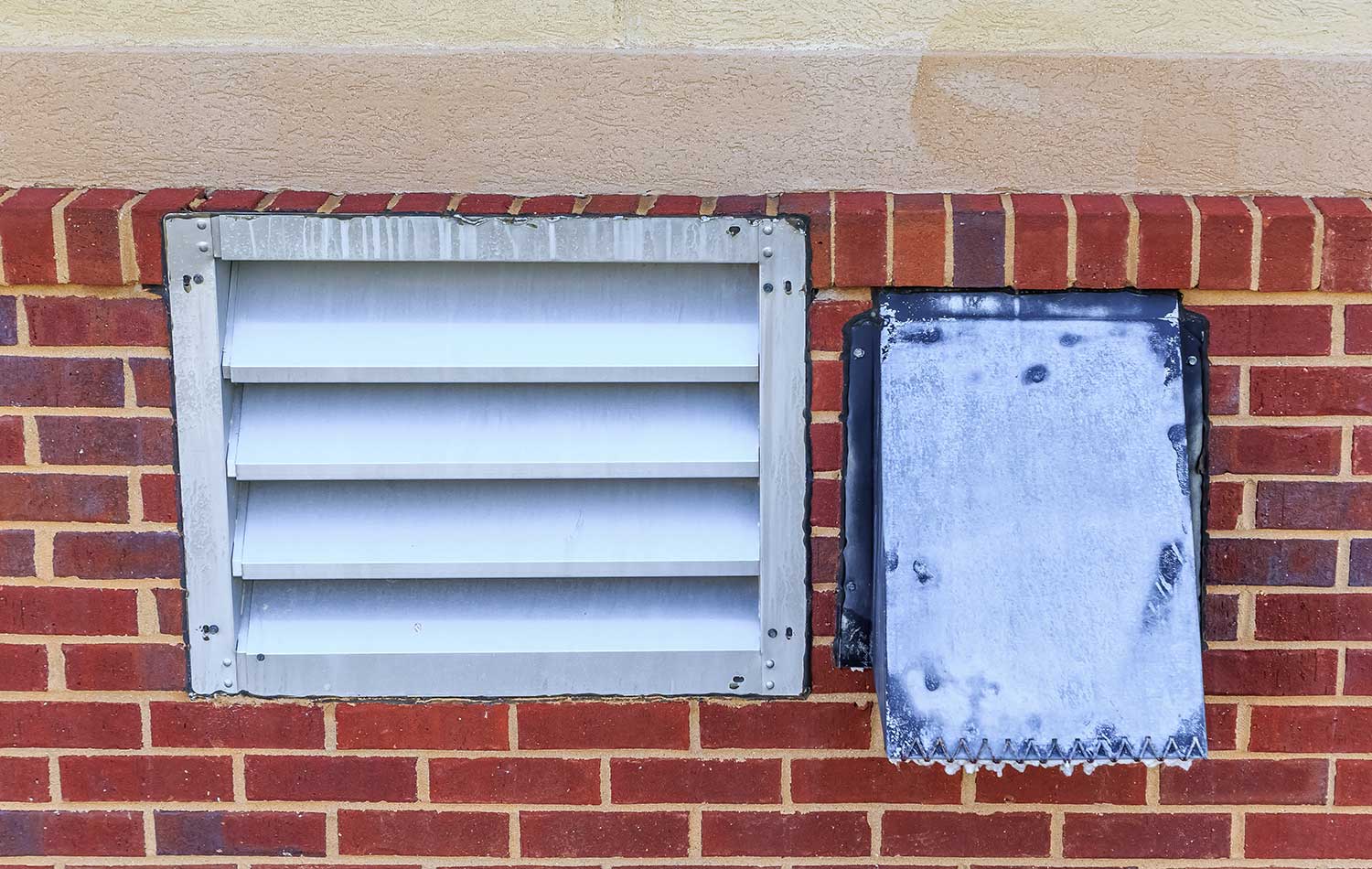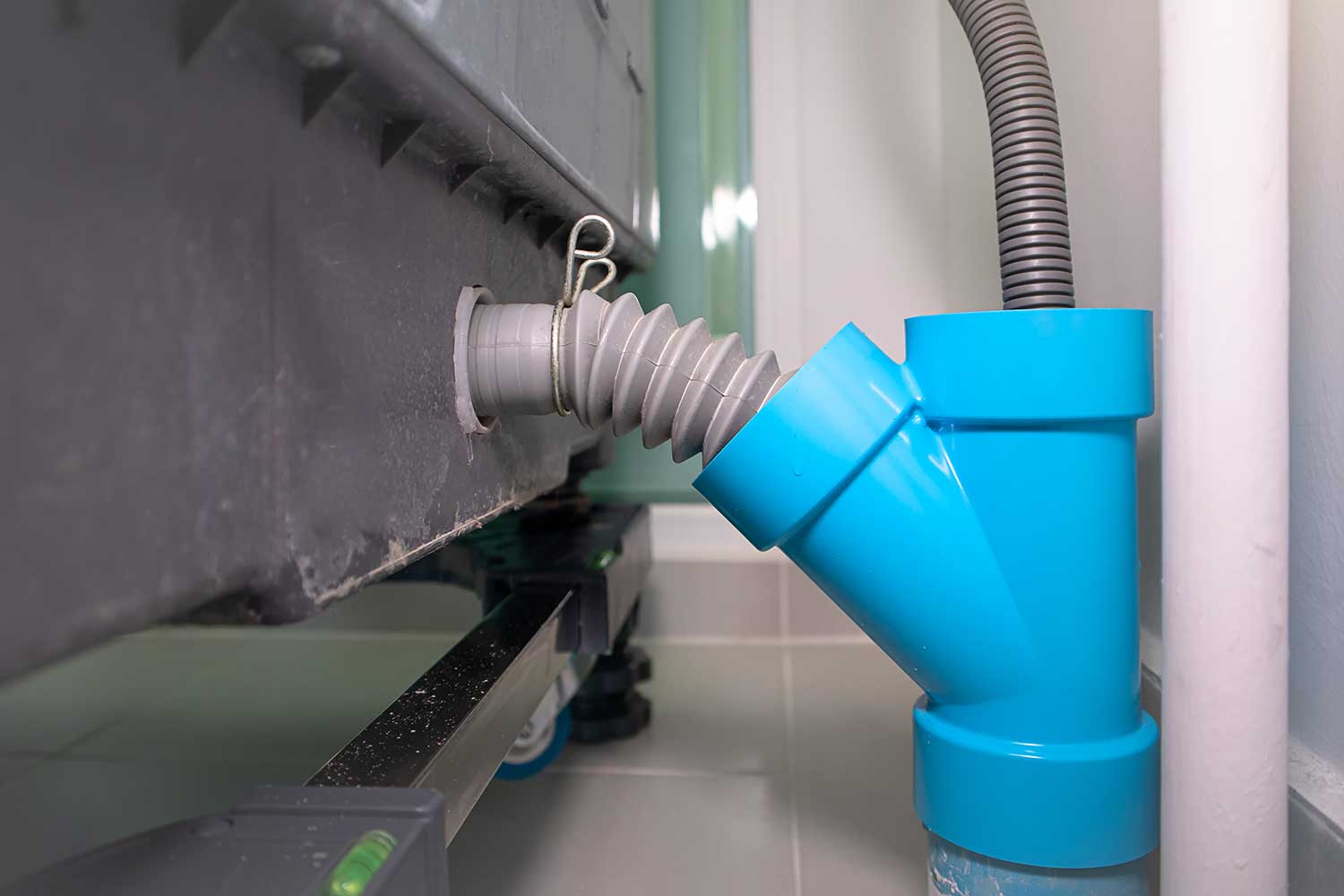If you're adding a laundry room or buying your first washer and dryer, it's an exciting time as a homeowner. Finally, your own machines! Privacy! No more hauling clothes back and forth to the laundromat! But there's a lot of technical things to consider, like ventilation. Do you have to put the dryer on an exterior wall and vent outside? What if you don't have a method to vent? We've consulted safety experts and official building codes to break down just what the right solution is for venting your dryer.
A dryer must be vented outside. This is required by building codes and is necessary for safety reasons. A dryer that isn't properly vented can cause a fire and other safety issues. For example, a gas dryer produces carbon monoxide, a potentially lethal gas without adequate ventilation. Thus, you should always vent your dryer according to the manufacturer's instructions.
This article will cover the consequences of improper venting. We'll also explain what kind of dryers don't need venting and just how they work. This article covers everything you need to know about when to clean the dryer vent to keep you and your family safe. Finally, we'll also give you some tips for just where to put your new laundry room.
![A black and white checked pattern on floor of laundry room of newly built home, Does A Laundry Room Need Ventilation? [Complete Dryer Ventilation Guide]](https://hvacseer.com/wp-content/uploads/2021/06/Does-A-Laundry-Room-Need-Ventilation.png)
What Happens If A Dryer Isn't Vented?
All the moisture from your clothes doesn't just disappear. Dryers are designed to take that moisture and let it evaporate outside. If your dryer isn't vented properly, that moisture is released into the house instead.
There's a number of problems with this. The overall increase in humidity can make appliances like your air conditioning work harder. Mold and mildew might develop. And building materials like wood and drywall absorb this moisture. They can, in time, even rot.

Do Stackable Washers and Dryers Need A Vent?
Stackable washers and dryers typically still need a vent. While they are compact and save space, most are still designed to vent to the outside. If you live someplace where venting just isn't possible, like an apartment, don't give up yet. A dryer is still possible, but you'll need to look specifically for ventless options.
They do exist, but they take considerably longer to dry your clothes. These condense warm air into water, which is then channeled through a reservoir and removed. It's a special kind of dryer, so be sure that you purchase the right one. You can't make just any standard dryer ventless. They are also smaller and more compact, which means that it's not an efficient choice for a large family.
How Can I Vent My Dryer Indoors?
According to building codes, the correct answer is, you can't. There's no acceptable method or alternative. You can not vent inside and still meet building codes. Obviously, it's best to just vent properly and avoid this altogether.
But if you have a friend or family member who vents their dryer inside, you might wonder how that can be. It is technically possible. Just be aware, you can't, under any circumstances, vent a gas dryer inside. You can actually die from carbon monoxide released from gas dryers.
Now, keep in mind the current building codes officially forbid indoor venting. However, if you absolutely just can't find any way to vent through an exterior wall, special indoor dryer vents are available. But keep in mind that these should really be a last resort. These aren't ideal, and there are still side effects from the increased moisture in the home. If you have any method to vent outside, that should be done instead.
But, there really are some situations where this just can't be done. If you use an indoor vent, be sure to always follow the manufacturer's safety instructions. Keep it clean and remove lint, dust, and pet hair regularly. And it's a good idea to monitor the room's humidity to prevent moisture damage or mold. You may need to find a way to deal with too much moisture, like a dehumidifier.
Click here to see this indoor dryer vent on Amazon.
How Often Should A Dryer Vent Be Cleaned Out?
There are some signs that your dryer vent duct needs checked and cleaned. These include:
- Clothes taking longer to dry than usual.
- There is a burning smell on the clothes or when the dryer is in use.
- The laundry room feels like it is getting too hot when the dryer is on.
- The dryer feels like it is overheating.
- The dryer vent flap is not opening properly.
- There is debris or lint accumulating around the dryer hose.
Even without these signs, inspect the vent at least once a year. This helps keep your machine running and venting efficiently. It also saves energy and reduces the risk of fire. And, of course, it helps avoid problems before they ruin your dryer or lead to expensive maintenance.
You may need to inspect the dryer vent more often if you have a large family and use the dryer more than average. Pet fur also tends to clog the dryer vent, which means it will need to be cleaned out a bit more frequently.

Where Should A Laundry Room Be Located In A House?
Access to the necessary utilities will be the most important thing to consider when you decide where your laundry room should be. A laundry room needs enough electrical outlets for all of the appliances, and a gas dryer needs a natural gas line.
Adequate plumbing and water supply are also a factor. You need both hot and cold water valves, so picking a room near current plumbing can save you money. If your kitchen and bathroom are on one side of the house, running water to the complete opposite end can get pricy. Alternatively, if you can pick a spot near the existing kitchen plumbing, it's much easier.
And, of course, it should be clear by now that the dryer needs to vent outside. It can vent through the roof or the wall. But in general, you want short, straight ducts that vent directly. This makes vents less likely to clog. This also means that, ideally, your dryer should be located on an exterior wall.
Other factors to consider are:
- Space - you need a room that's about three feet across and three feet deep for each machine.
- Drainage - you'll need some kind of system for draining the washer.
- Flooring - the floor needs to be fairly level and strong enough to support the weight of the machines. In general, that's a minimum weight of 200 pounds. Also, leaks and overflows can happen. So, don't pick a room with floors that are very sensitive to water (for example, hardwood flooring).

How Many Outlets Are Required In A Laundry Room?
In the laundry room, you'll obviously need adequate electrical outlets to run all of your appliances. Just what kind of wiring this takes will depend on whether you have a gas or electric dryer.
Electric dryers need a bit more amperage than either a clothes washer or gas dryers. To run an electric dryer, it needs a 30-amp, 240-volt circuit. And that circuit takes four conductors, which isn't always standard in older wiring. If your home is older, you might have to upgrade the wiring to install an electric dryer.
Gas dryers, on the other hand, only require a 20-amp circuit. This is also sufficient for your washing machine.
And, of course, all the receptacles must be GFCI-protected to meet code requirements. This is standard for basically every receptacle in every room, even the garage. For new installations after 2017, AFCI-protection is required. These are the common requirements, but your region's codes may be stricter. Be sure to check with your local building authority to ensure that your work meets current codes.
In closing
Dryers always need to vent directly outside. The only exception is a special kind of dryer, one which specifically sells as ventless. These do exist, but these are appliances that manufacturers make for this exact purpose. A standard dryer must always vent properly or it can cause a number of problems. These include causing mold and mildew, rotten wood and drywall, and fire hazards. Gas dryers also pose a risk of carbon monoxide poisoning. And it's not just common sense - building codes require it.
If you enjoyed this article, try:

